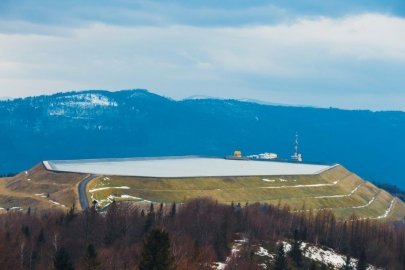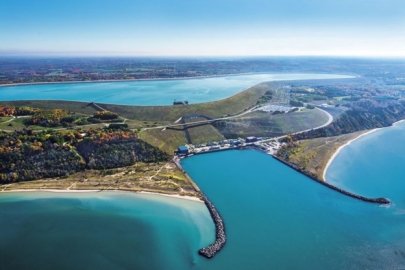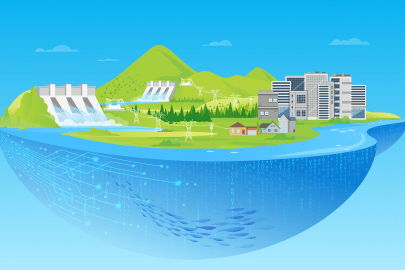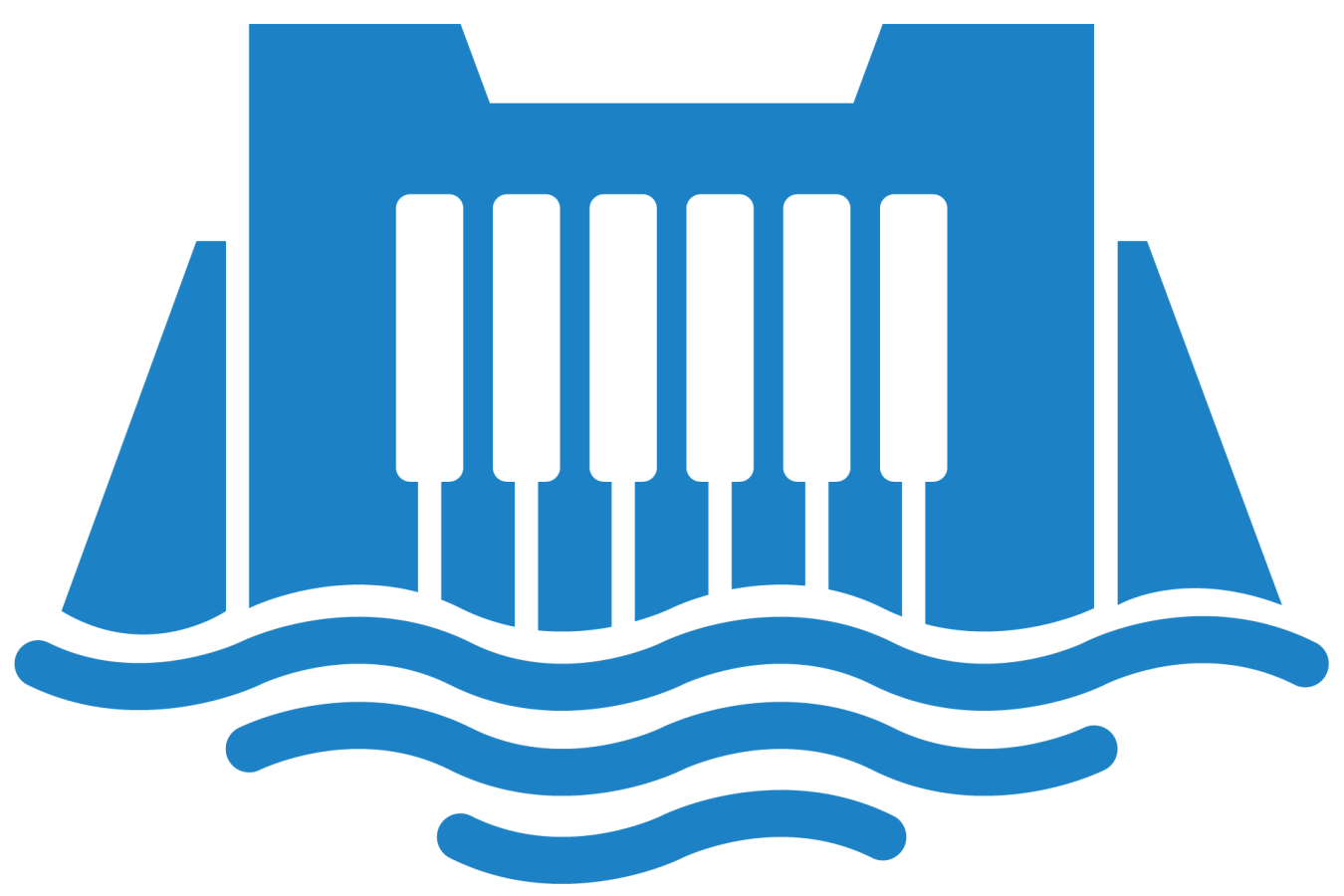Two national laboratory studies found opportunities to expand and innovate pumped storage hydropower in the United States.
Water Power Technologies Office
March 1, 2023Grid Reliability, Resilience, & Integration (HydroWIRES)
Project Names: A Review of Technology Innovations for Pumped Storage Hydropower, and Closed-Loop Pumped Storage Hydropower Resource Assessment for the United States
Project Teams: Argonne National Laboratory and National Renewable Energy Laboratory
Lead Recipient Locations: Lemont, Illinois, and Golden, Colorado

Researchers from two national laboratories conducted studies that found potential for future development of pumped storage hydropower (PSH) technology and highlighted ways to significantly reduce cost, time, and risk for new PSH projects as the United States works to achieve a carbon-free electricity grid by 2035 and a net-zero-emissions economy by 2050.
In their study, A Review of Technology Innovations for PSH, Argonne National Laboratory researchers performed a landscape analysis of current PSH technology and reviewed a dozen promising new PSH concepts and innovations, including submersible pump-turbines and motor-generators, geomechanical PSH, open-pit mine PSH, and hybrid PSH technologies. They found that several of these new concepts have the potential to significantly reduce cost, time, and risk for the development of new PSH projects.
For the study, Closed-Loop PSH Resource Assessment for the United States, National Renewable Energy Laboratory (NREL) researchers conducted a large-scale study of potential PSH sites across the United States that are separated from a naturally flowing body of water (like a river), also known as closed-loop PSH. Using mapping to track suitable locations and features such as reservoir volume, elevation, and paired upper and lower reservoirs, NREL identified nearly 15,000 possible sites where PSH technology could be deployed in the future.
Grid Reliability, Resilience, & Integration (HydroWIRES) Projects
-
 Analyses from Argonne National Laboratory and Pacific Northwest Laboratory help hydropower operators and developers better understand how hydropower facilities can integrate and be profitable on the changing electricity grid.
Analyses from Argonne National Laboratory and Pacific Northwest Laboratory help hydropower operators and developers better understand how hydropower facilities can integrate and be profitable on the changing electricity grid. -
 A new optimization model for pumped storage hydropower can help grid operators decide how to distribute a facility’s time between generating power and pumping water to store energy.
A new optimization model for pumped storage hydropower can help grid operators decide how to distribute a facility’s time between generating power and pumping water to store energy. -
 A study on the sustainability of closed-loop pumped storage hydropower identified the technology as a promising solution to grid-scale energy storage.
A study on the sustainability of closed-loop pumped storage hydropower identified the technology as a promising solution to grid-scale energy storage. -
 A General Electric Research-led team demonstrated a new hydropower turbine design and monitoring methodology that allows plant operators to adjust power output in a few seconds to meet energy demand without needing to start or stop units.
A General Electric Research-led team demonstrated a new hydropower turbine design and monitoring methodology that allows plant operators to adjust power output in a few seconds to meet energy demand without needing to start or stop units. -
 WPTO launched the H2Os Prize, and innovators competed in two prize phases and developed new solutions that can help advance hydropower’s contributions to the grid.
WPTO launched the H2Os Prize, and innovators competed in two prize phases and developed new solutions that can help advance hydropower’s contributions to the grid.
WPTO's Hydropower e-newsletter features news on R&D and applied science to advance sustainable hydropower and pumped-storage technologies.
The WPTO e-newsletter brings funding opportunities, events, publications, hydropower, and marine energy updates directly to your inbox.


